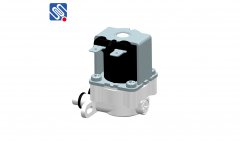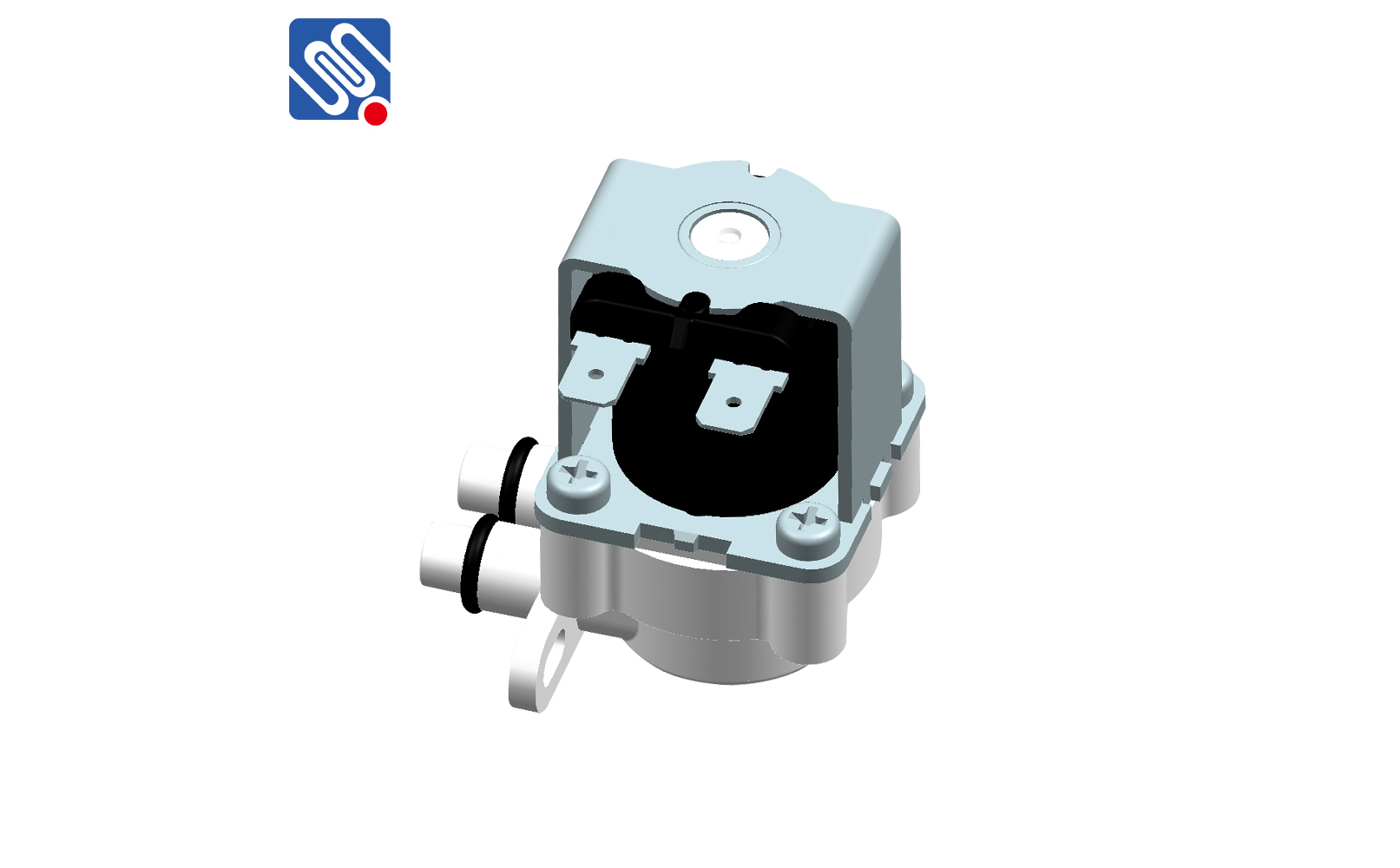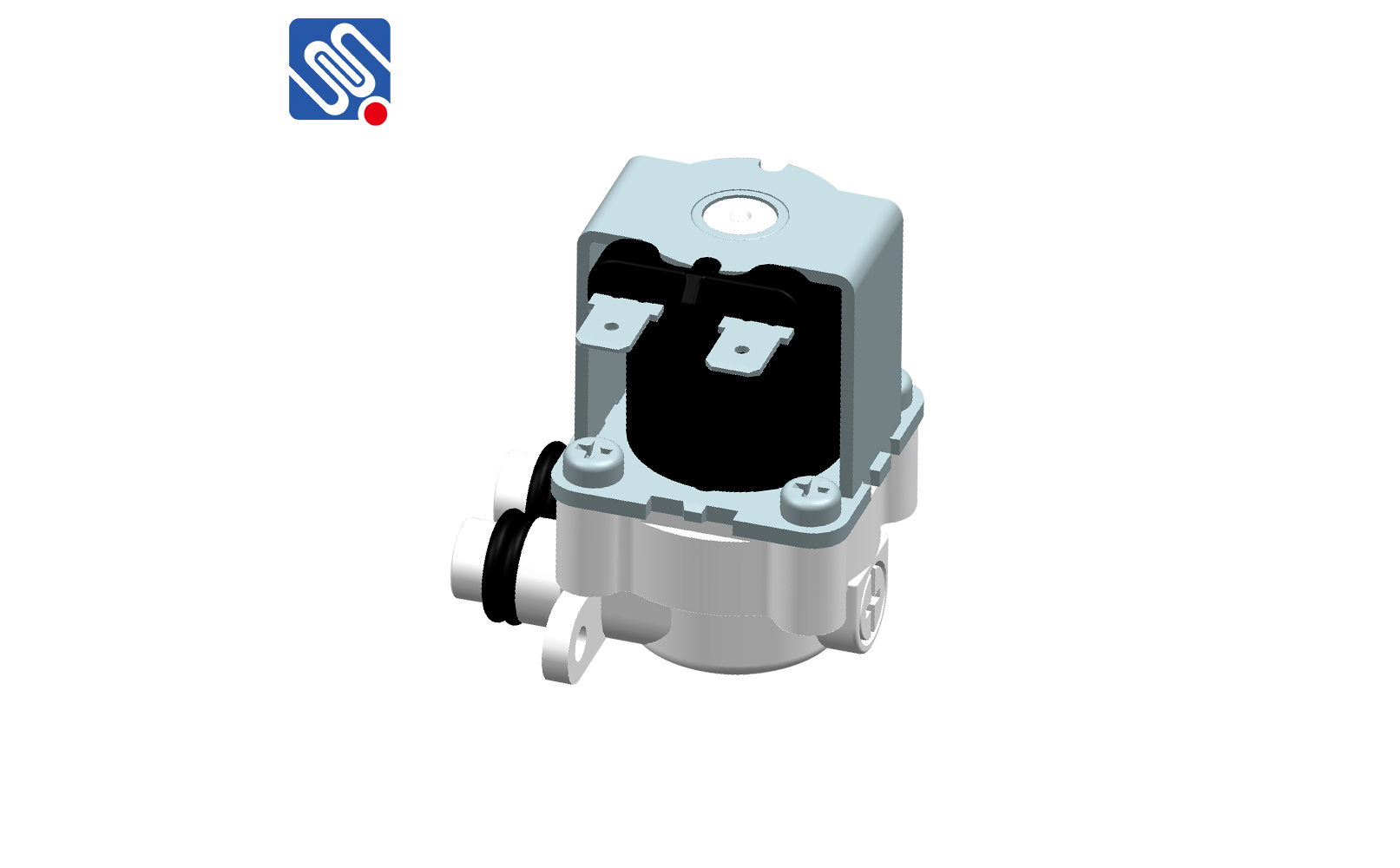1, dust pollution led to the failure of the relay, has not caused the user enough attention. Under the condition of natural environment or general industrial workshop environment, especially the electronic devices used in automobiles, sand and dust tend to penetrate the inside of the relay through the cooling holes and cracked parts. After a long period of time and power-on, dust accumulation can be found, resulting in activities Parts rotating (sliding) is not working, stuck; contact electrical contact failure; under wet action, the corrosion of metal parts increased insulation insulation properties decline, resulting in failure. Some power protection relays, automotive relays manufactured before the test pass, after one or two years of operation, the relay continues to fail. Design and use must take full account of the hazards of dust pollution. Users according to practical needs, make specific requirements.
2, chemical atmosphere pollution
Organic vapor in the atmosphere, oxygen, sulfur dioxide, salt spray, etc., on the relay contacts, metal parts, coils, insulation parts have an erosive effect, resulting in poor contact electrical contacts, resulting in failure; lead coil wire rust broken, insulated Level down. Chemical harmful gases are ubiquitous in nature, but on different occasions, different types of harmful gases (steam). Take technological measures, can reduce and eliminate its erosion, but the cost will rise substantially. Such as military sealed relays, vacuum baking for a long time, filled with high purity N2 in the relay cavity, the use of electron beam (or laser) for sealing welding, the leakage rate of up to 10-8pa.c m3 / s; touch Plated 1 ~ 3u gold. The price of civilian relays by the price limit, the general is only plastic enclosures to ease the atmosphere of harmful gases (steam) erosion, use, according to relay load size, the merits of the environment, the hole can be opened as appropriate, in order to improve heat dissipation and reduce internal Organic vapor, sulfur dioxide on the contact surface of the pollution.







 selena
selena  Sales@msrelay.com
Sales@msrelay.com 13968707033
13968707033
 +86-577-62518811
+86-577-62518811





